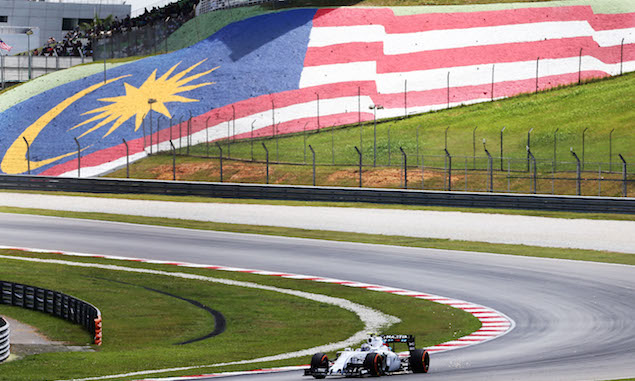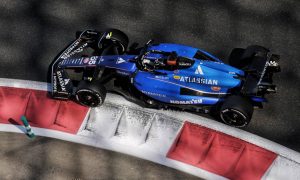
Williams chief technical officer Pat Symonds says he is curious to see whether the changes made to improve the racing at the Sepang International Circuit, which plays host to this weekend’s Malaysian Grand Prix, will have a trickle-down effect at other venues.
The 2016 edition of the Kuala Lumpur event was moved from its usual April slot to a later date due to major renovation works carried out for three months earlier this year.
Not only had the circuit been resurfaced and the drainage system been improved, but a couple of corners have also been tweaked to encourage overtaking.
“The new date for Malaysia takes us to the first of two circuits that really stretch the car after the confines of Singapore,” Symonds said, with Suzuka scheduled to welcome F1 one week after Sepang. “In Kuala Lumpur we also the challenge of extensive changes that have been made to the track.
“As well as the complete resurfacing of the track there is also some realignment which has been specially designed to improve the racing. It will be interesting to see how successful it is, and if it acts as a pointer to future circuit modifications.”
Talking about the specific demands of the Malaysian GP venue, the Williams technical boss added: “From a performance point of view, of course, the focus is on the very high temperatures and humidity which not only affect the car set-up but also take a high toll on the drivers.
“There are several high-speed long corners where loading dictates the advantage of the more robust compounds. The circuit has good overtaking opportunities and we can expect an exciting race but, as always in Malaysia, we will be keeping a very close watch for the heavy rainfall that can disrupt this event.”
Chris Medland's 2016 Malaysian Grand Prix preview
TECHNICAL: F1 telemetry: The data race
FEATURE: When F1 team-mates fight for the title
F1i Classic: Sepang 2001 - Ferrari pulls off a masterstroke
Keep up to date with all the F1 news via Facebook and Twitter





